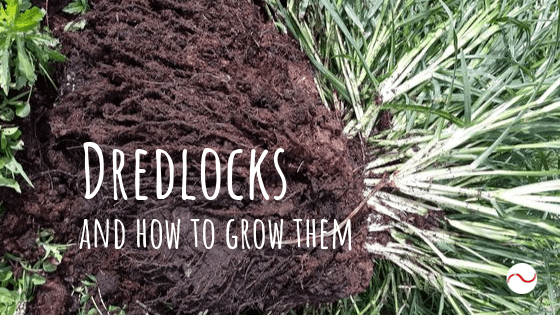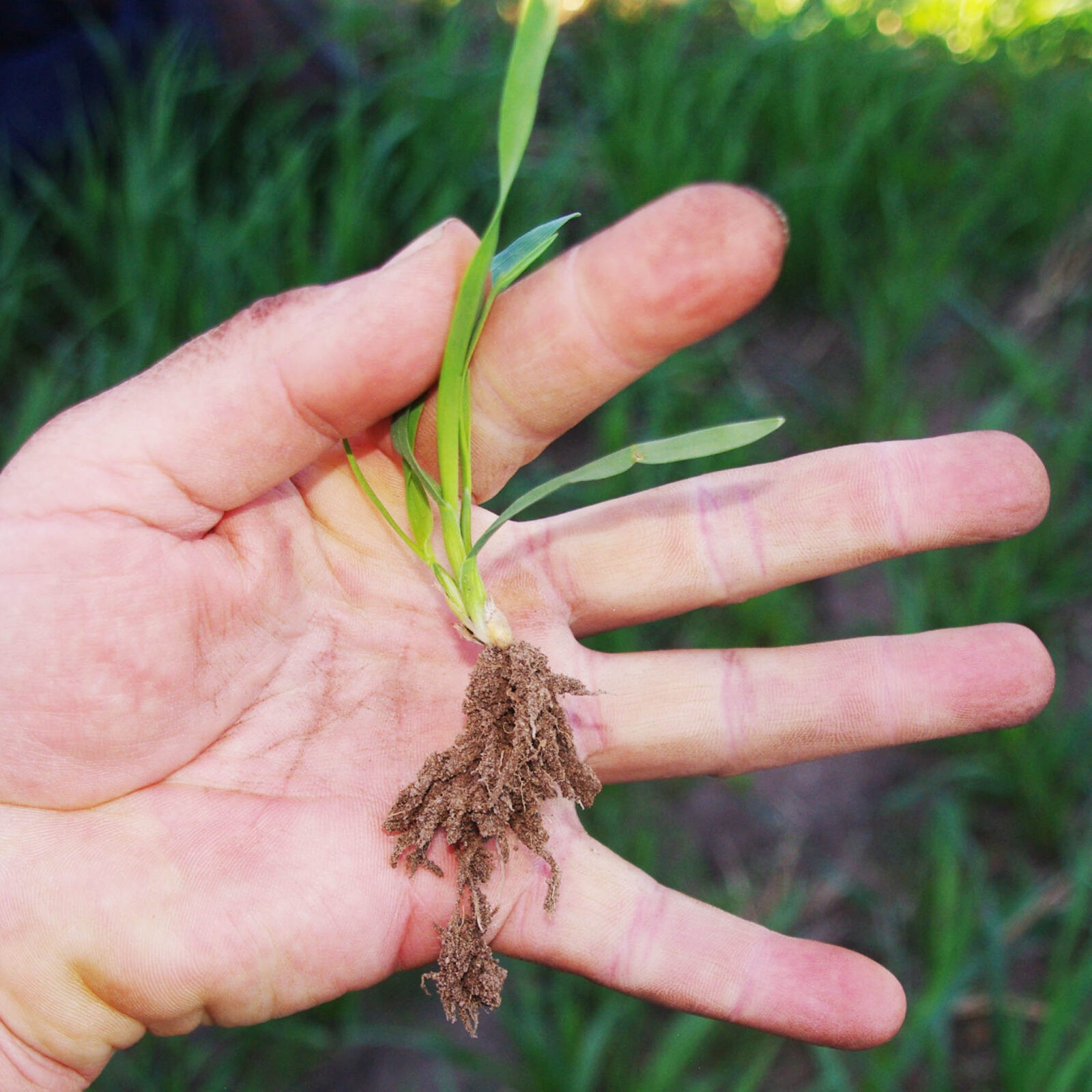
Let’s talk dreadlocks.
Not for you, for your plants!
Why does the hair style of your plant’s roots matter?
When you dig up a plant your want to see dreadlocks along the full length of the roots because it means that the plant has a beneficial connection to soil biology. It means minerals and moisture are more available to the plant, and it means that you are building humus – growing soil and capturing carbon. THAT means you’re a legendary human saving the world, but it is also like putting natural capital in the bank for years to come.
What are dreadlocks?
The proper name for them is the rhizosheath. They look like thick, soft bits of soil stuck to the root. Fungi and bacteria gather around the root hair to feed on sugars being excreted by the plant. The plant is feeding the microbes ‘on purpose’ because of the benefits the microbes give the plant in return. These microbes produce a sticky substance called glomalin to make a nice protected home for themselves around the root. This is why dreadlocks are so chunky.
So how do you encourage this wonderful ‘do?
Dreadlocks need photosynthesis + microbes. You want leaf surface – grazing or slashing too low will mean your plants struggle to produce sugars to feed the microbes. Over fertilising also cuts the microbes off – plants are getting their minerals elsewhere and stop spending energy on those sugars; but remember this stops building that natural capital and starts depleting it. Also, obviously, fungicides and antibiotics are no friend to the dreadie. [Did you know glyphosate is a registered antibiotic??] Soil baking uncovered in the sun is another common way beneficial microbes die.
Adding microbes is a great option, particularly where soil has been denuded by things that happened in the past. You can make your own with things like aerobic compost teas or worm cast, or use a product like Biocast+.
Top tip: inoculating your seeds with microbes encourages massive dreadlocks on the seminal roots before they’ve even put a top up! All you have to do is wet the seeds briefly with your probiotic liquid before planting.

